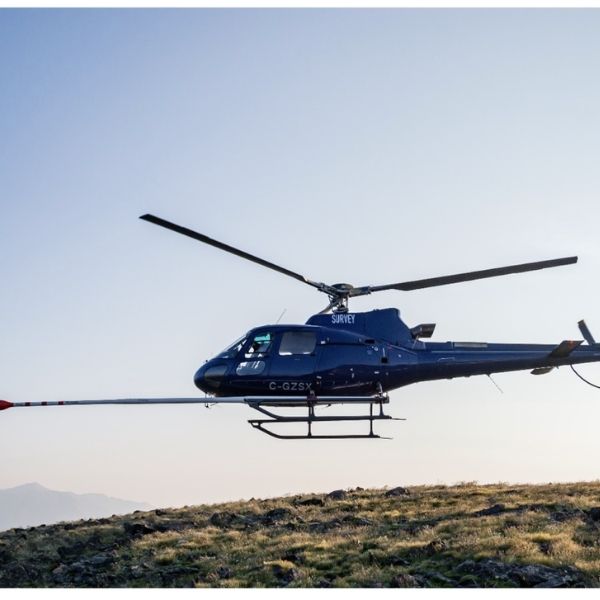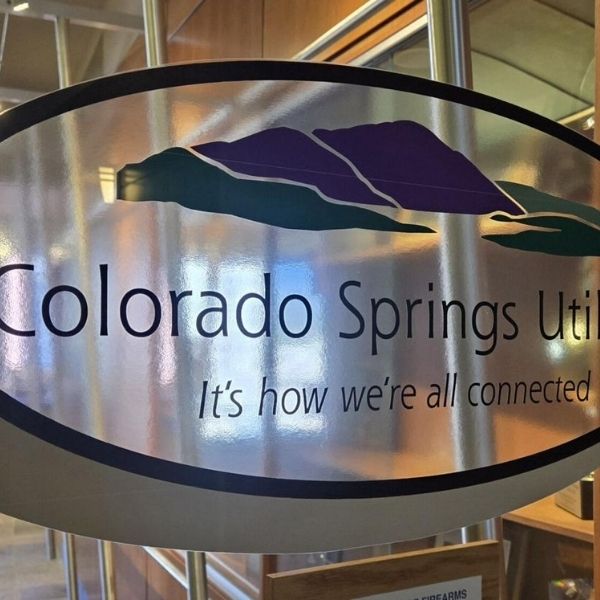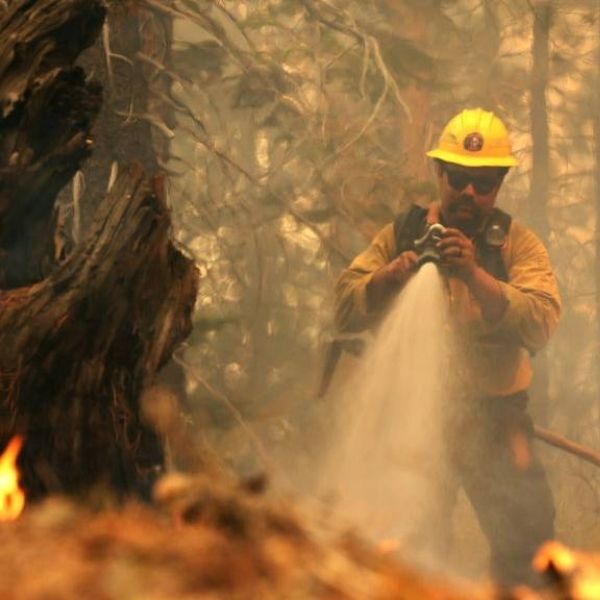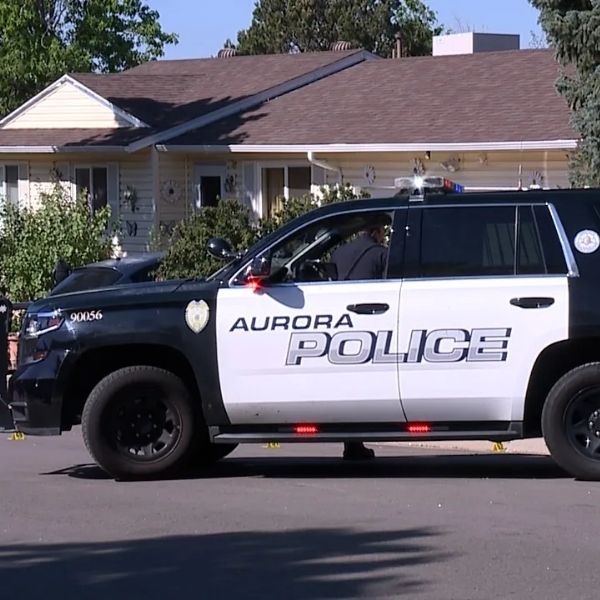Starting mid-July, the U.S. Geological Survey (USGS) will begin low-flying helicopter surveys across parts of southern Colorado to map critical minerals using advanced airborne geophysical technology. The flights are expected to continue through fall 2025, weather and wildfire conditions permitting, with a possible extension into spring 2026 if needed.
The surveys will span several counties, including Park, Chaffee, Teller, Fremont, Custer, Pueblo, and Huerfano. The project is part of a national initiative to identify mineral resources essential to the U.S. economy and national security, particularly those listed as “critical minerals” under the Energy Act of 2020. These 50 minerals are crucial to many industries but come with supply chain vulnerabilities.
Equipped with sensitive instruments, the helicopters will measure variations in the Earth’s magnetic field and low-level natural radiation from rocks hidden beneath soil and vegetation. This data will help create detailed 3D maps of underground geology.
Beyond mineral exploration, the survey supports efforts to assess water resources, prepare for natural hazards like earthquakes and radon, and evaluate legacy mining sites.
The aircraft will fly about 300 feet above the ground in remote areas and at least 1,000 feet over populated areas. All flights will take place during daylight hours and follow FAA regulations. Pilots are specially trained and certified for low-level flying.
Survey routes will cover numerous towns, including Gardner, Rye, Colorado City, Beulah Valley, Florence, Penrose, Cañon City, Cripple Creek, Victor, Cotopaxi, and others. The main base of operations will be Fremont County Airport near Cañon City, though other local airports may also be used depending on conditions.
Flights will not occur over wilderness areas without prior authorization from relevant agencies. The helicopters will feature a long boom extending in front of the cabin, housing sensors that passively collect data without any emissions or risk to people, animals, or plants. No images or video will be captured during the flights.
Once completed, all data will be made publicly available on the USGS ScienceBase platform.
The survey is part of the USGS Earth Mapping Resources Initiative, in partnership with the Colorado Geological Survey and others, aimed at modernizing geologic mapping nationwide. Funding from the Infrastructure Investment and Jobs Act has enabled the large-scale coverage of this survey. Contractors NV5, Edcon-PRJ, and Precision GeoSurveys have been hired to carry out the aerial data collection.

Katie is a senior who has been on staff for three years. Her favorite type of stories to write is reviews and features. Katie’s favorite ice cream flavor is strawberry.















Leave a Reply